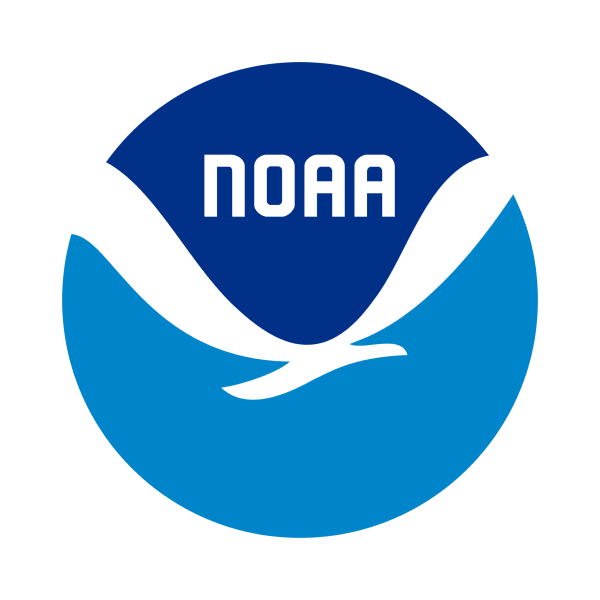Galveston Bay Foundation is installing litter boom devices in three bayous that feed into Galveston Bay near Houston, Texas to combat urban trash in the watershed.
Type of Project: Removal
Region: Gulf of America
Project Dates: October 2024 - April 2028
Who is involved?
With the support of the NOAA Marine Debris Program, Galveston Bay Foundation is partnering with Osprey Initiative to install and maintain litter boom devices in the Greater Houston area. With help from local communities and municipalities, the project is establishing a citizen science program and recruiting volunteers to assist with the continued maintenance of these trash-trapping devices and to facilitate the cleanup of surrounding areas.
What is the project and why is it important?
Galveston Bay is the largest estuary in Texas, located between the Gulf of America and the city of Houston. It is an important nursery habitat for both fresh and saltwater animals and hosts tourism, recreation, and fishing activities that support the local economy. Due to its unique position, the Bay’s ecosystem is often burdened by several human-caused stressors, including marine debris. Debris in this area includes take out containers, plastic bags, and plastic food wrappers, which then flow into the Galveston Bay watershed. Littered trash clogs storm drain systems, impedes the natural flow of waterways, spoils and obstructs outdoor recreation opportunities, and creates health hazards for humans and wildlife.
To prevent trash accumulation in local waterways, Galveston Bay Foundation is enlisting the help of Osprey Initiative to deploy three litter-catching booms in Houston waterways to capture escaped trash before it enters the watershed. With the help of the Foundation’s Volunteer Management Team, they are also establishing a citizen science program to support the continued maintenance of these booms and assist with community-led cleanup efforts. This project is removing legacy debris at cleanup events, using proven technology to intercept urban trash, and providing educational outreach at schools and to the local community, preventing an estimated total of 18,000 pounds of marine debris from entering the ocean.
For more information, visit the Marine Debris Program Clearinghouse.
 An official website of the United States government.
An official website of the United States government. 
